Sample information |
|
| Picture |
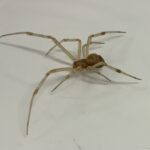
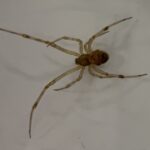
|
|---|---|
| Location | |
| Collection date | 08/08/2021 |
| Captive / Cultivated? | Wild-caught |
| Group | Hampton Roads Academy |
| Observations | 4 pairs of legs, 8 in total, with 2 body segments. Brown body with translucent legs and brown knobs for joints. The body is fuzzy. |
| Putative identification | Arthropoda Arachnida Araneae Araneidae |
Methods |
|
| Extraction kit | Edwards Buffer |
| DNA extraction location | Whole arthropod |
| Single or Duplex PCR | |
| Gel electrophoresis system | MiniOne |
| Buffer | TBE |
| DNA stain | GelGreen |
| Gel images |
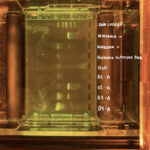
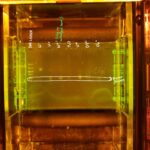
|
| Protocol notes | We had to redo the second arthropod gel due to a mistake made with the gel at first, and may have gone too roughly with pulling it out (which can be seen with the less visible wells in the second gel). Complications with cross-contamination may have occurred, with (more or less confident) false negatives in 01-A, 06-A and the Wolbachia-Arthropod DNA which should all have had positive bands, however 01-A and 06-A could have been done correctly. |
Results |
|
| Wolbachia presence | No |
| Confidence level | High |
| Explanation of confidence level | Wolbachia is not as commonly found in spiders, and with how it had no response to either gel makes sense. Spiders also don’t commonly have arthropod DNA, and thereby wouldn’t have had a positive result in the arthropod gel. Due to this, in both gels, where the spider tested negative, it gives high confidence that the experiment was done correctly. |
| Wolbachia 16S sequence | |
| Arthropod COI sequence |
|
| Summary | The Araneidae was found to be negative for Wolbachia. |
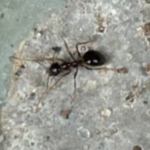 IM P7 #1
IM P7 #1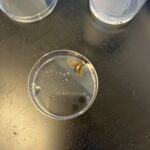 Wolbachia- Moth
Wolbachia- Moth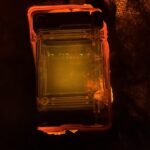 Wolbachia Project
Wolbachia Project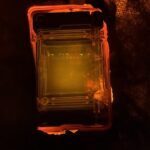 Wolbachia Project
Wolbachia Project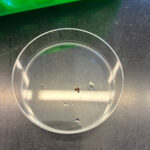 Wolbachia Lab: DNA Extraction
Wolbachia Lab: DNA Extraction